Maintenance Tips For Extending The Life Of Your Roof Installation
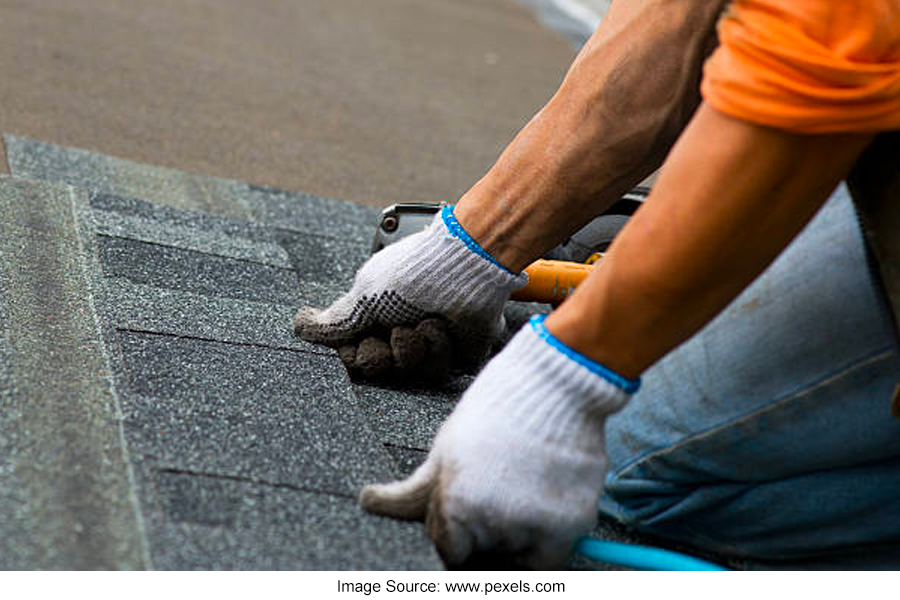
Regular maintenance is crucial to extend the life of your roof installation. By taking proactive measures, you can identify and address small issues before they become major problems. Roof maintenance not only enhances the longevity of your roof but also maximizes its performance and durability. It prevents leaks, damage, and other costly repairs, saving you both time and money in the long run.
Importantly, it’s imperative to engage expert services for premier roofing installation in Los Angeles, CA. These skilled installers bring forth the finesse necessary to ensure enduring structural integrity. Seeking such expertise from Dr. Roof significantly contributes to the lifespan of your roof, safeguarding it against environmental elements.
Moreover, Dr. Roof, a leading roof installer in Encino, CA, offers unparalleled dedication to precision and quality craftsmanship. Entrusting your roofing needs to such professionals assures a robust and enduring installation. Their commitment to excellence aligns seamlessly with the goal of extending your roof’s lifespan. Additionally, considering the unparalleled roof installation services in Calabasas, CA, brings forth the assurance of superior craftsmanship and meticulous attention to detail. Furthermore, the best roof installers in Glendale, CA, stand as a testament to expertise and proficiency, ensuring a robust and enduring roof installation that transcends time.
Regular Inspections
Regular inspections play a vital role in maintaining the health of your roof. It is recommended to inspect your roof at least twice a year, in spring and fall. During these inspections, look for any signs of damage such as cracked or missing shingles, loose flashing, or sagging areas. You should also examine the condition of the gutters, downspouts, and attic ventilation. If you notice any issues, it is important to address them promptly to avoid further damage.
Cleaning and Clearing Debris
One important aspect of roof maintenance is keeping it clear of debris. This includes leaves, twigs, branches, and other debris that can accumulate on your roof. If left unattended, debris can clog gutters and downspouts, leading to water backup and potential damage. Regularly clearing debris helps to prevent moisture buildup, algae growth, and deterioration of the roofing materials. It is advisable to use caution and appropriate safety measures when accessing your roof for cleaning.
Gutter Cleaning and Maintenance
Importance of Gutter Cleaning and Maintenance
Gutters play a crucial role in diverting water away from your roof and foundation. Regular gutter cleaning and maintenance are essential to prevent water damage and ensure proper drainage. Clogged gutters can lead to water overflowing onto the roof, causing leaks and rot. It is important to keep the gutters clean and free from debris to maintain their functionality and protect your roof.
Tools and Equipment for Gutter Cleaning
To effectively clean your gutters, you will need some tools and equipment. These may include a sturdy ladder, gloves, a gutter scoop or trowel, a bucket, and a hose or pressure washer. It is important to follow safety guidelines and use caution when working on a ladder or roof.
How to Properly Clean Gutters
Start by positioning the ladder securely and at a safe angle. Wear gloves to protect your hands and use a gutter scoop or trowel to remove debris from the gutters. Place the debris in a bucket to avoid it falling back into the gutters. After removing the larger debris, use a hose or pressure washer to flush out any remaining dirt or smaller debris. Ensure that the downspouts are clear and water is flowing freely. Regular gutter cleaning, at least twice a year or as needed, will help maintain their proper functioning.
Addressing Roof Leaks and Damage
If you notice any signs of roof leaks or damage during your inspections, it is important to address them promptly. Roof leaks can lead to significant damage if left unattended, including water damage to ceilings, walls, and even the structural integrity of your home. Contact a professional roofer to identify the source of the leak and make the necessary repairs. Timely repairs will prevent further damage and extend the lifespan of your roof.
Preventing Ice Dams
Ice dams are a common winter problem that can damage your roof and cause leaks. They occur when snow melts on a warm section of the roof and refreezes on a colder section, forming a dam. This can prevent proper drainage of melting snow and lead to water seeping into the roof. To prevent ice dams, ensure proper insulation and ventilation in your attic. Additionally, removing excess snow from the roof with a roof rake can help minimize the risk of ice dams forming.
Maintaining Proper Attic Ventilation
Signs of Poor Attic Ventilation
Proper attic ventilation is essential for maintaining the overall health of your roof. Signs of poor attic ventilation include excessive heat and moisture buildup, mold or mildew growth, and higher energy bills. Inadequate ventilation can lead to shingle damage, reduced roof lifespan, and increased energy consumption.
Methods for Improving Attic Ventilation
Improving attic ventilation can be achieved through a combination of intake and exhaust vents. Intake vents are positioned near the eaves to allow fresh air to enter the attic, while exhaust vents are located near the ridge to allow hot air to escape. This creates a continuous air flow that helps regulate the temperature and moisture levels in the attic. Consult with a professional roofer to determine the best ventilation system for your specific roof design.
Common Mistakes to Avoid with Attic Ventilation
While improving attic ventilation is important, it’s equally important to avoid common mistakes. These include blocking or covering vents with insulation, improperly installing vents, or using incorrect vent types for your roof design. These mistakes can hinder proper ventilation and potentially cause damage to your roof. It is recommended to seek professional guidance to ensure proper installation and functioning of your attic ventilation system.
Trimming Trees and Bushes
Overhanging trees and bushes can pose a risk to your roof, especially during strong winds or storms. Trimming back tree branches and bushes that are close to or touching the roof can help prevent potential damage. Falling branches can cause shingle damage or puncture the roof, leading to leaks and other problems. Regular trimming and maintenance of vegetation around your roof will reduce the risk of such damage and promote better air circulation.
Replacing Damaged or Missing Shingles
Damaged or missing shingles can compromise the integrity of your roof and lead to leaks. If you notice any shingles that are cracked, curled, or missing, they should be replaced promptly. Ignoring damaged or missing shingles can result in water penetration, which can lead to rot and further damage to the underlying roof structure. Contact a roofing professional to assess the situation and replace the affected shingles as necessary.
Regular Roof Washing
Regular roof washing helps to remove dirt, algae, and other debris that can accumulate on the surface of your roof. This not only improves the visual appeal of your home but also prevents the growth of mold and algae, which can damage the shingles and reduce their lifespan. It is important to use appropriate cleaning solutions and techniques that are compatible with your specific roofing materials. If unsure, it is recommended to consult a professional for safe and effective roof washing.
Investing in Professional Roof Maintenance
While regular DIY maintenance is important, investing in professional roof maintenance is highly beneficial. Professional roofers have the knowledge, expertise, and tools to thoroughly inspect, clean, and address any issues with your roof. They can provide specialized services such as roof coating or sealing, gutter maintenance, and general repairs. Regular professional maintenance can help identify potential problems early on, ensuring the longevity and performance of your roof installation.
Leave a Reply
You must be logged in to post a comment.






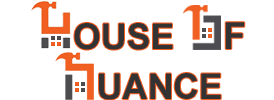


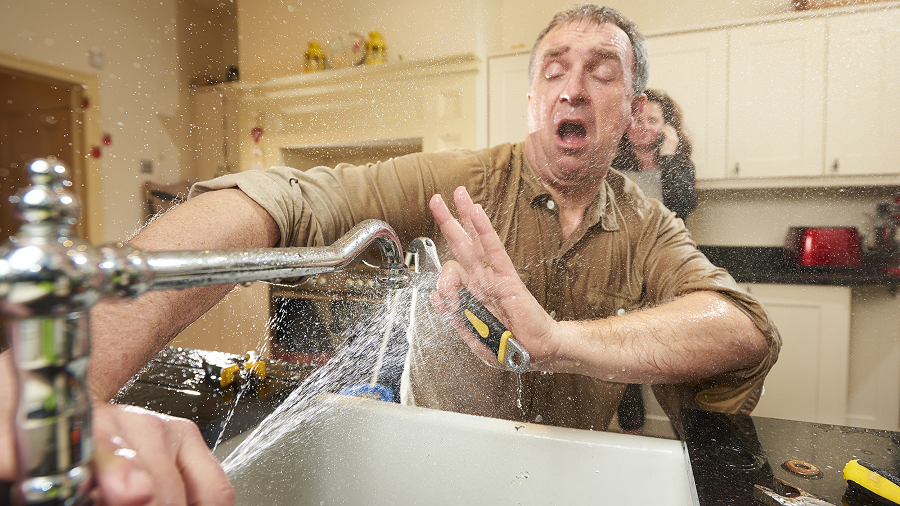

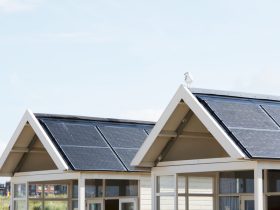

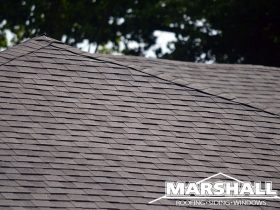
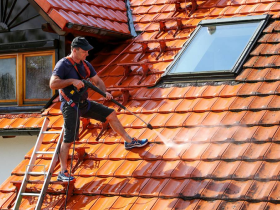
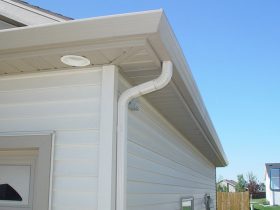
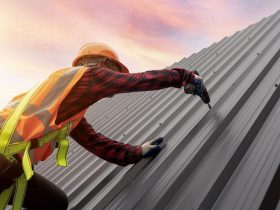
Leave a Reply